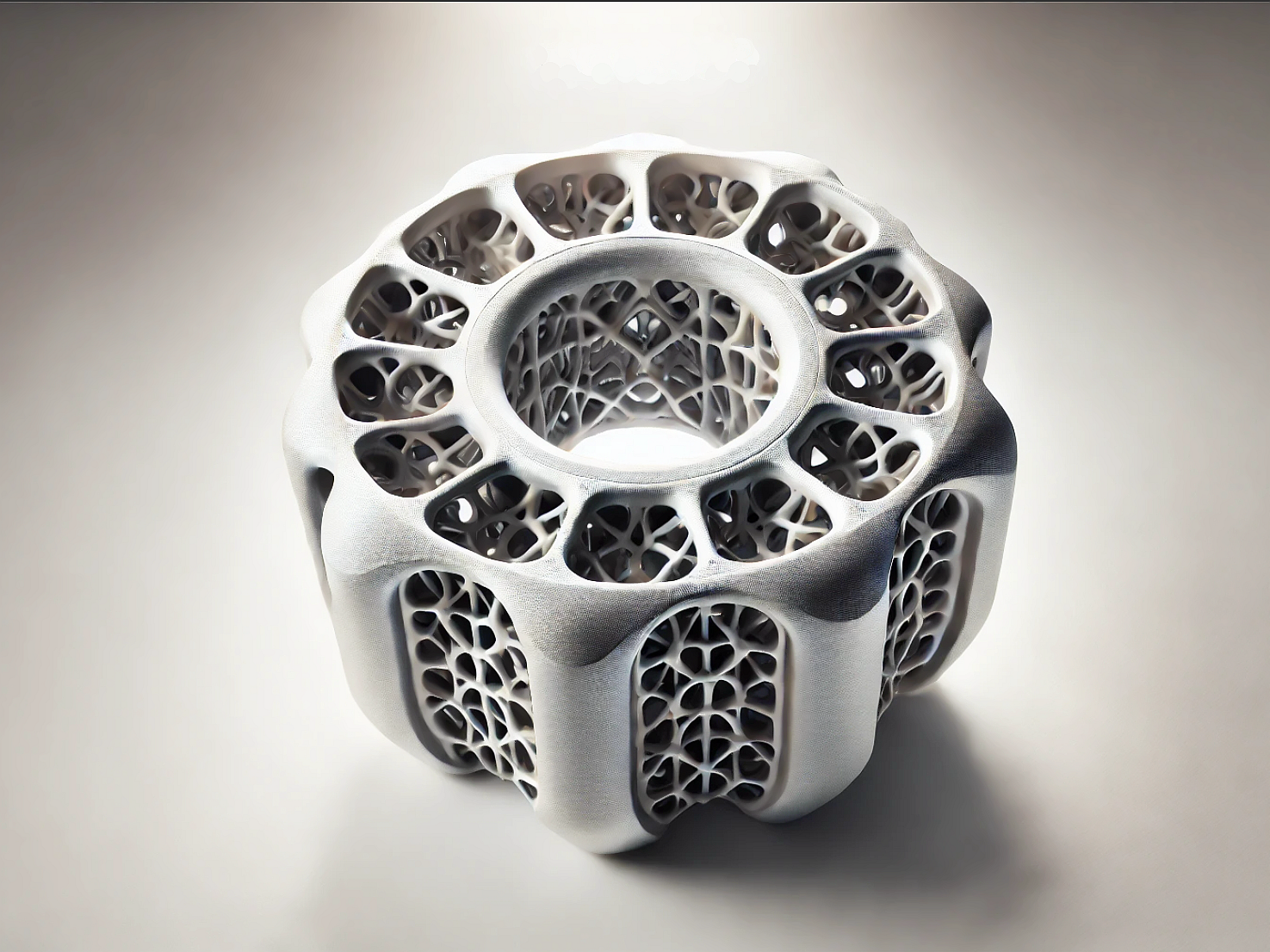Aluminum Nitride (AlN) 3D Printing: High-Thermal Conductivity Substrates for Power Electronics
Introduction
Aluminum Nitride (AlN) 3D printing provides an advanced solution for producing high-thermal conductivity substrates critical to next-generation power electronics, LED modules, and semiconductor devices. Using cutting-edge ceramic 3D printing technologies like Binder Jetting and Vat Photopolymerization, Aluminum Nitride (AlN) parts achieve excellent heat dissipation, high electrical insulation, and outstanding mechanical strength.
Compared to traditional ceramic pressing and machining, AlN 3D printing enables faster production of complex, lightweight designs optimized for thermal management and integration into compact electronic systems.
Applicable Material Matrix
Material | Purity (%) | Thermal Conductivity (W/m·K) | Electrical Resistivity (Ω·cm) | Flexural Strength (MPa) | Max Operating Temp. (°C) |
|---|---|---|---|---|---|
>99% | 170–200 | >10¹³ | 300–350 | 900 |
Material Selection Guide
Aluminum Nitride (AlN): Ideal for high-power electronics substrates, thermal interface materials, and LED heat spreaders requiring high thermal conductivity (~180 W/m·K), excellent dielectric strength, and chemical stability at elevated temperatures.
Process Performance Matrix
Attribute | Aluminum Nitride 3D Printing Performance |
|---|---|
Dimensional Accuracy | ±0.05–0.1 mm |
Density (after sintering) | >97% Theoretical Density |
Minimum Wall Thickness | 0.5–1.0 mm |
Surface Roughness (As-Sintered) | Ra 2–5 μm |
Feature Size Resolution | 100–150 μm |
Process Selection Guide
Superior Thermal Management: AlN’s high thermal conductivity significantly enhances the cooling efficiency of high-power electronic assemblies, extending device lifespans.
Electrical Insulation: High dielectric strength and thermal conductivity are ideal for power modules, ensuring thermal dissipation without electrical leakage.
Lightweight and Complex Shapes: 3D printing enables the production of complex geometries, such as embedded cooling channels and lattice structures, without additional tooling.
Rapid Customization: Shorter development cycles allow quick adaptation to evolving electronic design requirements for custom heat sinks and substrate geometries.
Case In-Depth Analysis: AlN 3D Printed Substrates for High-Power IGBT Modules
A power electronics manufacturer required custom high-performance substrates for Insulated-Gate Bipolar Transistor (IGBT) modules operating under high thermal loads. Using our Aluminum Nitride 3D printing service, we produced AlN substrates achieving thermal conductivities over 180 W/m·K, dimensional accuracy within ±0.05 mm, and electrical resistivities exceeding 10¹³ Ω·cm. Integrating 3D printed micro-channel cooling structures further enhanced thermal management by 25%, resulting in improved module reliability and extended service life. Post-processing included CNC machining for metallization preparation and precision surface finishing.
Industry Applications
Power Electronics
Custom AlN substrates for IGBT and MOSFET modules.
High-thermal-conductivity baseplates for SiC and GaN semiconductor devices.
Heat spreaders for RF and microwave systems.
LED and Lighting
High-efficiency thermal management substrates for high-power LEDs.
Integrated cooling components for compact lighting systems.
Reflective and insulating carriers for UV and IR LED modules.
Semiconductor and Communication
Ceramic packages and carriers for high-frequency devices.
Thermal interface materials in 5G and satellite communication systems.
High-voltage isolators in critical electronic assemblies.
Mainstream 3D Printing Technology Types for Aluminum Nitride Ceramic Parts
Binder Jetting: Best for scalable production of lightweight, thermally conductive AlN components.
Vat Photopolymerization (SLA/DLP): Ideal for high-precision, fine-detail AlN substrates with excellent surface finishes.
Material Extrusion: Suitable for producing robust AlN parts with moderate to large-scale geometries.
FAQs
Why is Aluminum Nitride preferred for high-power electronics cooling applications?
How does 3D printed AlN compare to traditionally machined substrates?
What post-processing steps are needed for Aluminum Nitride 3D printed parts?
Can AlN 3D printing achieve micro-channel structures for enhanced cooling?
What industries can benefit from using 3D printed Aluminum Nitride components?

